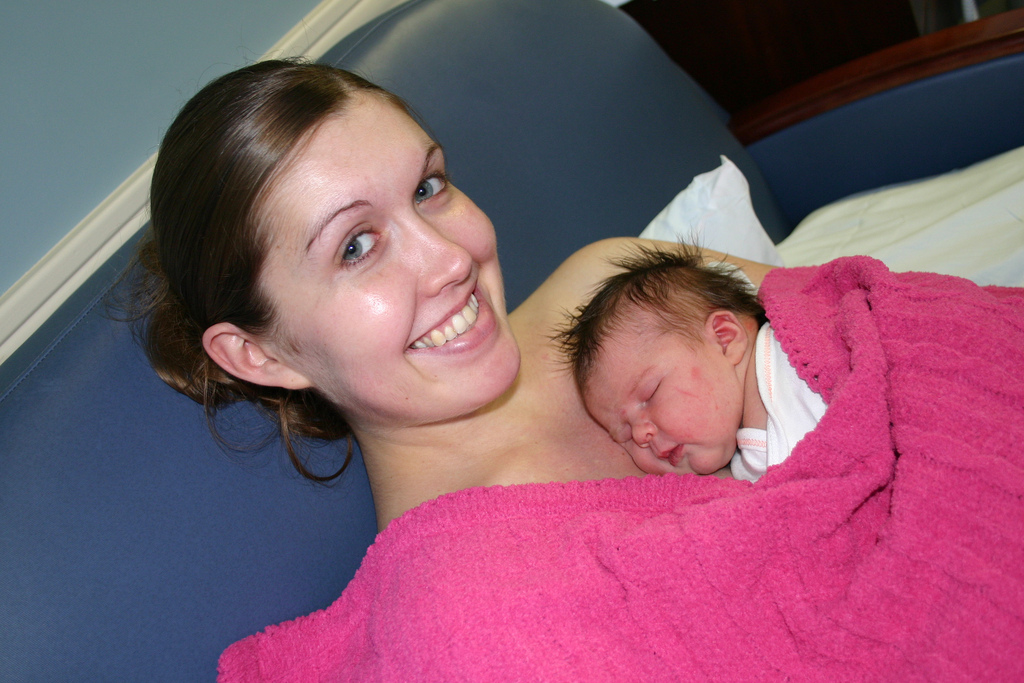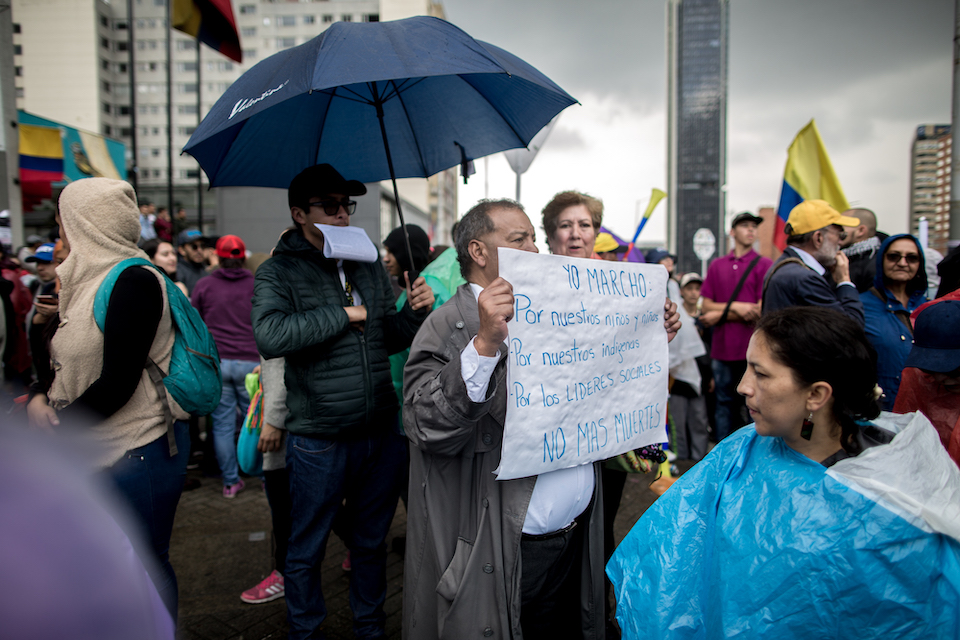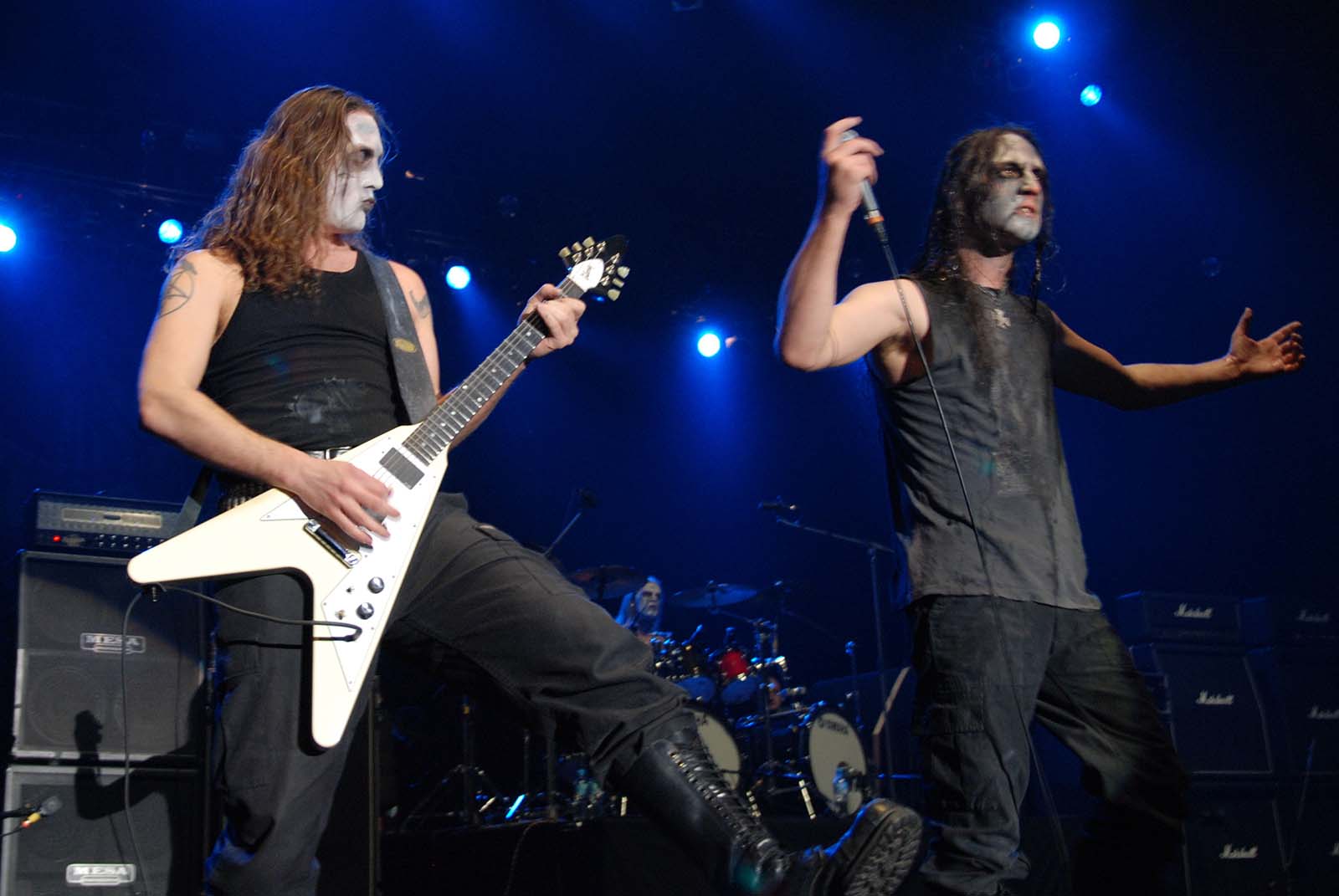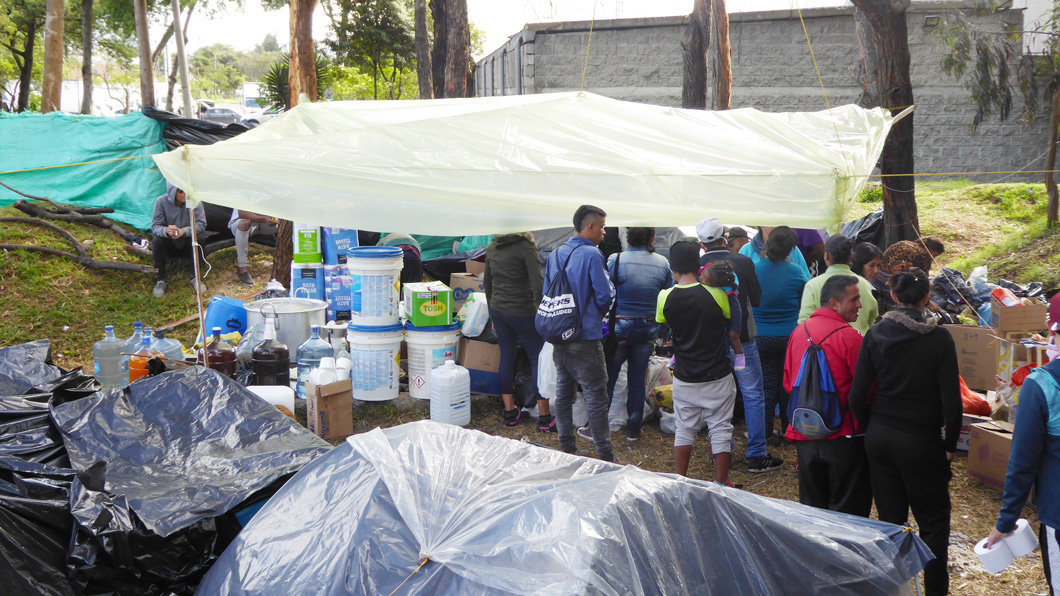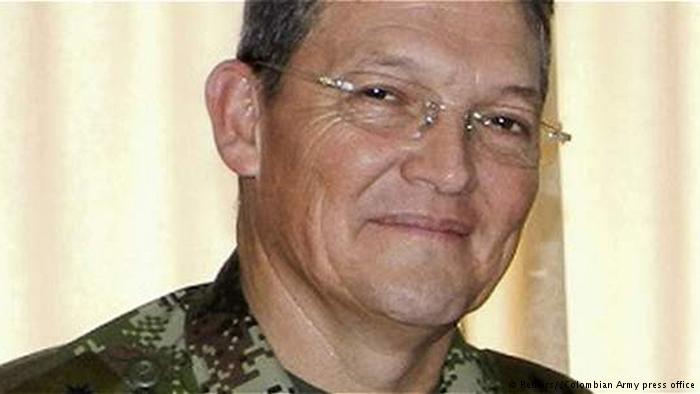Mayor announces widespread measures to restrict movement and activity in the Colombian capital.
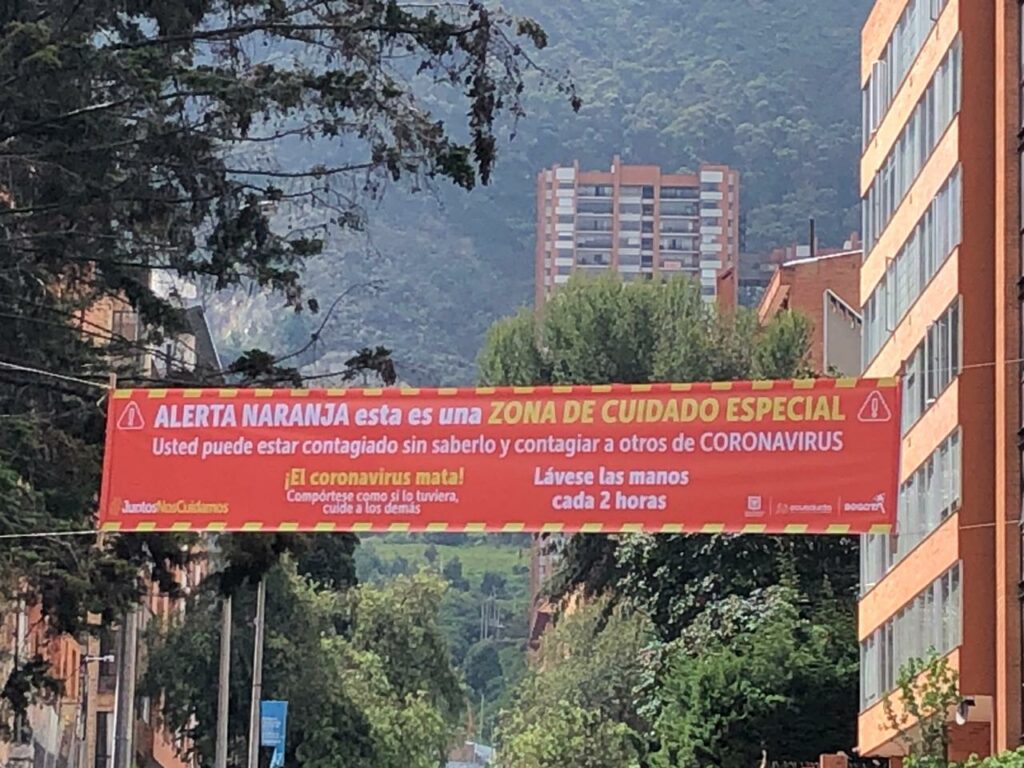
It’s been a week of will-she, won’t-she for Candelaria, Teusaquillo, and Usaquén dwellers. On Monday, the health minister announced that Friday would see the start of strict quarantine in these areas. But Bogotá mayor Claudia López refused to confirm the new measures until this evening.
Indeed, today’s announcement went much further than had been thought. Antonio Nariño, Chapinero, La Candelaria, Puente Aranda, Santa Fe, Teusaquillo and Usaquén will all go into strict quarantine from August 16 to August 30. The mayor said that this will be the last localised quarantine.
Several zones such as Chapinero and Antonio Nariño, which have already had two weeks of strict lockdown, will be locked down again. The strict measures are currently already in force in Barrios Unidos, Engativá and Suba, running until August 15. López said that Barrios Unidos had high numbers of cases, but it would not be fair to force a further two weeks of quarantine on to its residents.
Earlier in the day, the mayor had announced a series of measures to reactivate the economy. These included extending tax payments for restaurants, hotels, and other industries; exempting theatres and museums from property tax completely until 2022; and reducing municipal taxes (ICA) for impacted companies.
What’s the difference between a strict quarantine and a normal quarantine?
Putting aside the question of how strictly any of the quarantine in Bogotá has been enforced so far, for many people who have been staying at home, the strict quarantine is not so different. There are basically fewer exceptions, so activities that had been allowed to re-start should shut down again.
In theory, the rules for the strict quarantine are the same as the initial lockdown in the city: Only essential workers and essential errands are allowed. In practice, based on what’s happened so far, many non-essential shops may not be obviously open, but a knock on the door might prove otherwise.
One big difference is the curfew. Between 8pm and 5am, the area needs to be shut — no commercial establishments, no discreet socialising, no movement. For example, a few people told us they couldn’t get an Uber into a strict quarantine zone after 8pm.
Read our latest coverage on the coronavirus in Colombia
We can also expect ley seca to be enforced at the weekends. So alcohol will not be on sale in major supermarkets from Friday to Sunday.
Exercise is not allowed, though there’s little to stop people crossing into other zones for their daily jog or cycle. One person per household will be allowed out to do the shopping.
Pico y cédula will be enforced throughout the city until the end of August. And facemasks continue to be compulsory in public spaces.
How many cases are there in those areas?
It is difficult to calculate how many people live in the affected zones because the borders of the strict quarantine don’t necessarily marry up to the official borders of those areas. But it does seem that the additional strict quarantine zones are in areas with high numbers of confirmed cases.
| Zone | Confirmed cases | Estimated cases/population |
| Usaquén | 7,466 | 1/67 |
| Chapinero | 3,289 | 1/42 |
| Santa Fe | 3,199 | 1/34 |
| San Cristóbal | 7,603 | 1/53 |
| Usme | 6,444 | 1/71 |
| Tunjuelito | 4,307 | 1/46 |
| Bosa | 12,732 | 1/52 |
| Kennedy | 20,417 | 1/53 |
| Fontibón | 6,079 | 1/65 |
| Engativá | 12,486 | 1/71 |
| Suba | 17,526 | 1/69 |
| Barrios Unidos | 2,626 | 1/92 |
| Teusaquillo | 2,368 | 1/64 |
| Los Mártires | 2,387 | 1/41 |
| Antonio Nariño | 2,252 | 1/49 |
| Puente Aranda | 5,631 | 1/46 |
| La Candelaria | 669 | 1/36 |
| Rafael Uribe Uribe | 8,696 | 1/43 |
| Ciudad Bolívar | 11,310 | 1/62 |
| Fuera de Bogotá | 1,771 | – |
| Sin Dato | 6,852 | – |
Is the rolling strict quarantine working?
As with many things related to the coronavirus, it’s difficult to say. Especially as López pointed out in her press conference, it takes two weeks before any measures impact the numbers.
What we do know is that ICU occupation has hovered around the 90% mark for several weeks. This map shows that some hospitals are at 100% capacity, but others are around 80% — some even lower.
López assured viewers in tonight’s Facebook live presentation that the social distancing, sector-specific quarantines and face mask wearing had all helped to reduce the impact of the virus.
One big challenge of the rolling quarantine is that people tend to live and work in different parts of the city, meaning that businesses could be closed for workers who are allowed to work and vice versa.
The idea of these localised shutdowns is to reduce the total number of people in circulation.
Even though the stricter measures have not been heavily enforced, in this respect at least, the zone-specific measures have curbed the numbers of people in circulation.
Authorities know that after four months, it is no longer feasible to close down the whole city. But the latest announcement — which will impact over one million people — shows these restrictions are still a major weapon in their COVID-19 armoury.

